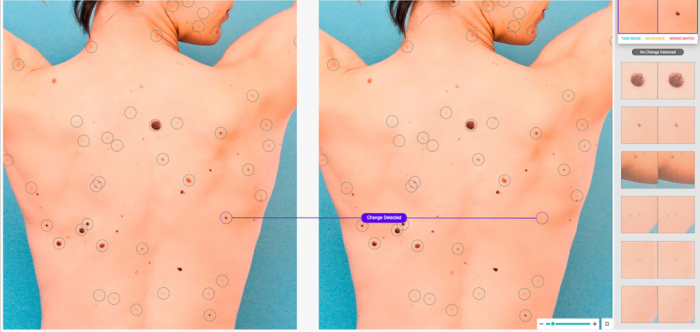
Surgery for Skin Cancer
Depending on the extent and maturity of cancer in the patient, his/her doctor will adopt a specific Skin cancer removal procedure.
There are several types of surgical procedures that doctors adopt to remove the skin cancer beginning with the minimally invasive freezing procedure and then on to excisional surgery and Mohs surgery among others.
Skin cancer removal surgery recovery is a long process and it also depends on the stage of cancer when the surgery was done as well as the quality of the surgeon.
Micrographically oriented histographic surgery or MOHS surgery for skin cancer is a stepwise and methodical surgery procedure for removal of cancerous skin lesions.
Similarly, there are other types of surgical procedures like electrodesiccation for radiation and chemotherapy for removing cancerous growth on the skin that are available.
Mohs Surgery for Skin Cancer
MOHS surgery is a step by step procedure of removing cancerous tissues in the skin. In this procedure the surgeon removes one layer of visible cancerous tissue at a time.
One of the main aims of the MOHS surgery basal cell carcinoma is minimum removal of tissues. Every layer of visible and affected tissue that is removed is examined before moving on to remove the next tissue.
The MOHS process is used to remove cancerous tissues on the face, fingers, or genitals. In many serious cases MOHS surgery on body is also performed depending on the need for such surgery.
The success rate of MOHS surgery is quite high as it is considered to be among the most advanced and precise surgical procedures in skin cancer surgery.
In fact, the MOHS procedure is considered as a benchmark for performing surgery on high risk cancers of the skin including in areas such the head and neck.
Healing after Skin Cancer Surgery
It usually takes about 4-6 weeks for the wound resulting from MOHS surgery to heal completely unless it is a deeper denture.There is usually no need for any reconstructive surgery after an MOHS procedure if the affected area is not in the face and is smaller in size. The recovery However, in some cases, Healing After Skin Cancer Excision through the MOHS procedure may require reconstructive surgery.
The need for reconstructive surgery post MOHS surgery is mostly required when the affected place is the face. If the dent caused by the surgery is not much, doctors do not recommend any reconstructive surgery. In case of Melanoma Excision Surgery, especially on the face the resulting dent could be larger than what it is in other types of skin cancer. Since melanoma spreads very fast, the surgeon has to take special care to remove all of the affected tissues to prevent spread of the cancer to other parts of the body.
Infection after Skin Cancer Removal
The chances of infection after surgery for skin cancer depends on how deep inside the tissues have the cancer been able to spread.
The effectiveness of skin cancer surgery depends to a large extent on the ability of the surgeon in mapping the affected tissues.
It becomes very challenging in some cases where the cancer has deeper roots and is spread more in the inner layers of the skin than on the outer layers.
Removing all of that requires the surgeon to work deep into the layers of skin. In such cases the pain after skin cancer removal can be more than it is in cancers that don’t spread too deep.
In case of redness and swelling after mole removal the doctor would prescribe the necessary medicines till the time it heals sufficiently for the next process to follow.
In case of surgery on the face leaving a deeper dent, the doctor will recommend reconstructive surgery but only after the wound has healed sufficiently.
When to See a Doctor
It’s not easy for anyone to look at any skin disorder and imagine that s/he needs any kind of checking for skin cancer. However, a skin cancer doctor, would know how to differentiate the nature of a skin disorder, if it is cancerous or not. When suspecting any potential cancerous growth, the best way to start is to search online for a “Skin check clinic near me” and consult a skin cancer doctor to examine the skin disorder. In areas where there is a lack of services, see your GP as soon as possible.

